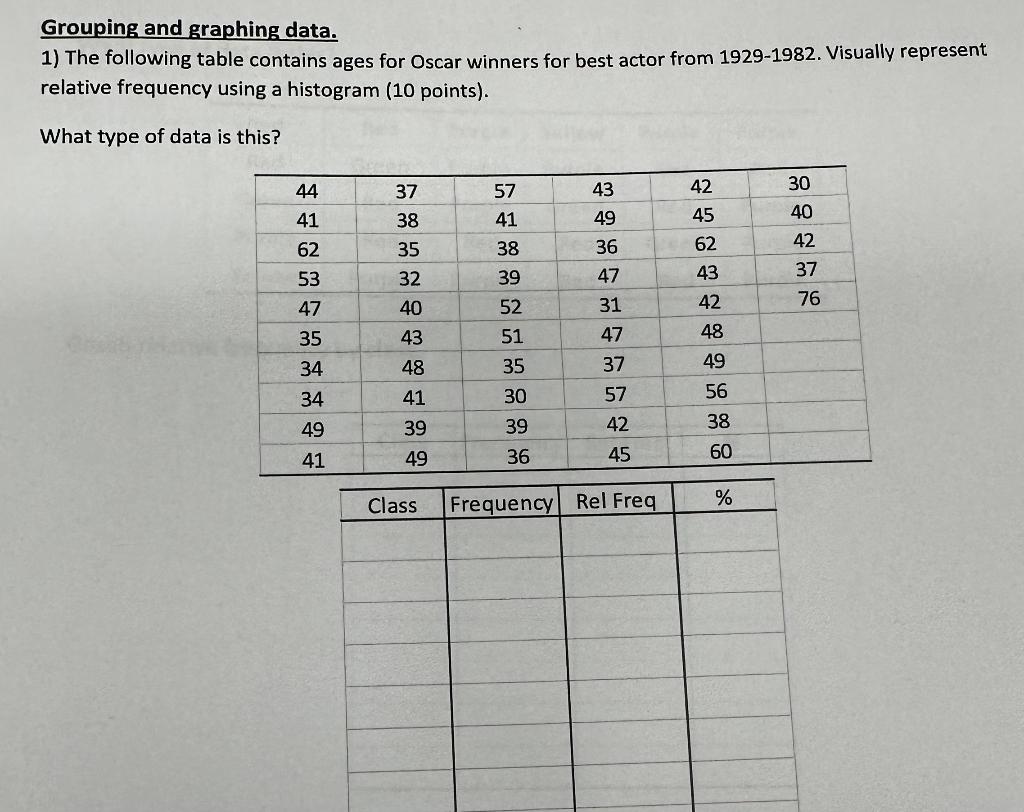Python's Try and Except: A Simple Guide

Welcome to an insightful exploration of Python's try and except statements, an essential tool for any Python developer. These statements are a powerful way to handle exceptions and ensure your code remains robust and resilient. Let's dive into the world of exception handling and discover how these simple yet effective constructs can enhance your programming experience.
Understanding Exception Handling in Python

Exception handling is a fundamental concept in programming, allowing developers to anticipate and manage errors that may occur during the execution of a program. In Python, exceptions are raised when something unexpected happens, such as a zero division error, index out of range, or file not found. The try and except statements are the building blocks of Python’s exception handling mechanism, providing a structured way to deal with these unforeseen circumstances.
By using try and except, you can catch and handle exceptions gracefully, preventing your program from crashing and providing a more user-friendly experience. This is especially crucial in larger, more complex applications where errors can have significant implications.
The Structure of Try and Except

The try and except statements work together to catch and handle exceptions. Here’s a basic structure to understand how they function:
try:
# Code that may raise an exception
except ExceptionType1:
# Code to handle ExceptionType1
except ExceptionType2:
# Code to handle ExceptionType2
...
except ExceptionTypeN:
# Code to handle ExceptionTypeN
else:
# Code to execute if no exceptions are raised
finally:
# Code to execute regardless of exceptions
In this structure, the try block contains the code that might potentially raise an exception. If an exception occurs within this block, Python will immediately jump to the corresponding except block to handle the exception. Each except block specifies the type of exception it handles. You can have multiple except blocks to handle different types of exceptions.
If no exceptions are raised within the try block, Python executes the else block (if provided). The finally block is optional but highly recommended. It ensures that a specific block of code is executed regardless of whether an exception occurred or not. This is useful for tasks like releasing resources, closing files, or cleaning up after the try block.
Handling Specific Exceptions
Python allows you to handle specific exceptions by specifying the exception type in the except block. For example, if you want to handle a ZeroDivisionError, you can write:
try:
result = 10 / 0
except ZeroDivisionError:
print("Error: Division by zero is not allowed.")
In this case, if the code within the try block tries to divide 10 by zero, the ZeroDivisionError exception is caught and the error message is printed. The program continues execution after the except block.
Catching Multiple Exceptions
You can also handle multiple exceptions in a single except block by specifying multiple exception types, separated by commas. For instance, to catch both ZeroDivisionError and TypeError exceptions, you would write:
try:
result = "10" / 0
except (ZeroDivisionError, TypeError):
print("Error: Division or type error occurred.")
Here, if the code within the try block encounters either a ZeroDivisionError or a TypeError, the error message is printed, and the program continues.
Raising Custom Exceptions

Python allows you to create custom exceptions, providing a more specific way to handle errors in your code. You can define a new exception class that inherits from the built-in Exception class or any of its subclasses. For example:
class CustomError(Exception):
pass
try:
if some_condition:
raise CustomError("Custom error message")
except CustomError as e:
print(e)
In this example, if some_condition is met, the CustomError exception is raised with a specific error message. The except block then catches this custom exception and prints the error message.
Best Practices and Tips
When working with try and except, it’s important to follow some best practices to ensure your code is efficient and maintainable:
- Avoid catching Exception as it catches all exceptions, including those that should be allowed to propagate. Instead, be specific about the exceptions you want to handle.
- Use meaningful exception messages to provide useful information for debugging and error handling.
- Consider using the else block for code that should only execute if no exceptions are raised.
- The finally block is useful for cleanup tasks and should be used to ensure critical operations are performed regardless of exceptions.
- Keep your exception handling blocks concise and focused on handling the specific exception. Avoid adding too much logic within these blocks.
Performance Considerations
While try and except are powerful tools for exception handling, they do come with a performance cost. Python has to check for exceptions at every line of code within the try block, which can impact performance, especially in performance-critical applications.
However, Python's exception handling is optimized, and in most cases, the performance impact is negligible. Still, it's good practice to use try and except only when necessary and avoid unnecessary exception checks.
Real-World Example: File Handling
Let’s look at a practical example of using try and except to handle file operations. Suppose you want to read a file and process its content, but you also want to handle potential errors, such as a file not found or a permission error.
try:
with open("data.txt", "r") as file:
content = file.read()
# Process the content
except FileNotFoundError:
print("Error: The file was not found.")
except PermissionError:
print("Error: Permission denied to access the file.")
else:
print("File read and processed successfully.")
In this example, the with statement ensures the file is properly closed, even if an exception occurs. If the file is not found or if there's a permission error, the corresponding except block is executed. If no exceptions occur, the else block is executed, indicating a successful file operation.
Conclusion
Python’s try and except statements provide a robust and flexible way to handle exceptions, making your code more resilient and user-friendly. By understanding the structure and best practices of exception handling, you can write cleaner, more efficient code that gracefully manages unexpected situations. Whether you’re a beginner or an experienced developer, mastering try and except is a crucial skill for any Python programmer.
What is the difference between try and except blocks in Python?
+The try block contains the code that might raise an exception, while the except block specifies the type of exception it handles. You can have multiple except blocks to handle different exceptions.
Can I handle multiple exceptions in a single except block?
+Yes, you can handle multiple exceptions in a single except block by specifying multiple exception types, separated by commas.
How do I raise a custom exception in Python?
+You can create a custom exception class that inherits from the built-in Exception class or its subclasses. Then, you can raise this custom exception using the raise statement.


